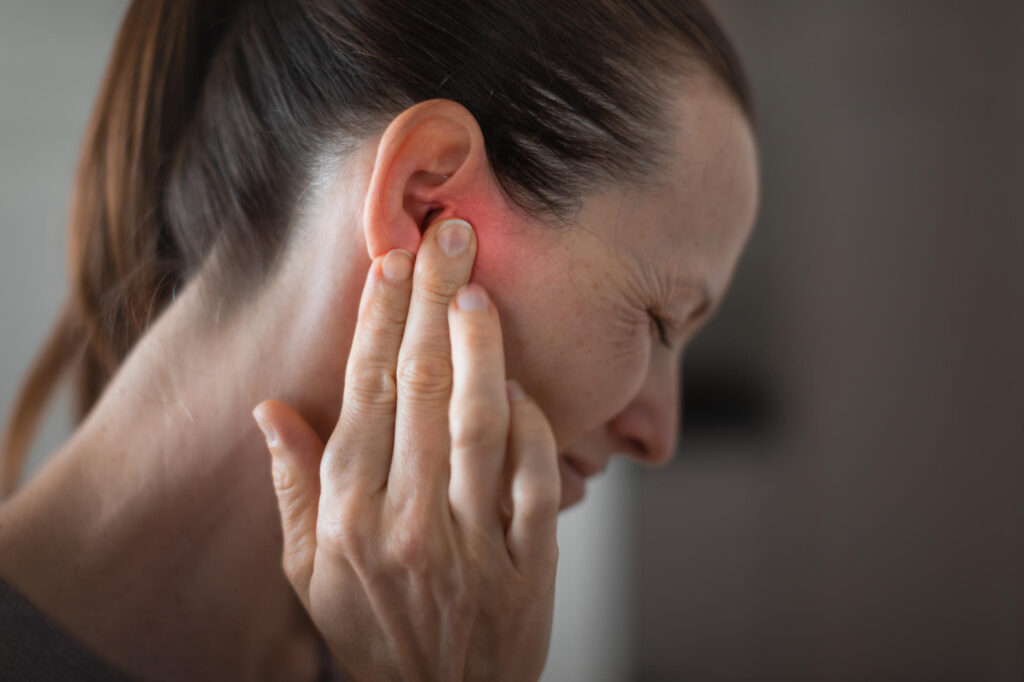Ear wax (cerumen) plays an important role in protecting the ear canal, but sometimes it can build up and cause discomfort, hearing loss, or infections. If you are preparing to undergo ear wax removal—whether at a clinic or using professional home treatments—it’s important to know how to prepare your ears properly. Preparation not only makes the procedure more effective but can also make it safer and more comfortable.
Why Preparation Matters
When ear wax becomes impacted, it hardens and sticks to the ear canal walls. This can make removal more difficult. Preparing your ears in advance softens the wax, reduces the risk of discomfort, and helps the clinician (or device) clear the ear more effectively.
Steps to Prepare Your Ears Before Ear Wax Removal
1. Use Ear Drops in Advance
- Softening drops are the most common and effective way to prepare.
- Olive oil drops: Widely recommended by NHS audiologists. A few drops in the ear once or twice a day for 3–5 days before your appointment can soften the wax.
- Sodium bicarbonate drops: Effective for breaking down harder wax, though some people may find them slightly irritating.
- Over-the-counter ear sprays: Products like Earol or Otex can also be used.
- Tip: Tilt your head to let the drops settle into the ear canal and remain in position for a few minutes before returning upright.
2. Avoid Using Cotton Buds
Many people try to “help” by cleaning with cotton buds, but this usually pushes wax deeper and makes removal harder. Avoid putting anything into the ear canal before your appointment.
3. Stay Hydrated
Hydration helps keep earwax softer and easier to remove. Drinking enough water in the days leading up to your appointment can be beneficial.
4. Plan for Possible Temporary Changes
When using oil or drops, your hearing may feel muffled as the wax softens and swells. This is normal and should improve after the removal.
5. Check Medications and Health Conditions
If you have:
- A history of ear surgery
- A perforated eardrum
- Ongoing ear infections
…you should tell your clinician before using any ear drops. Certain solutions may not be safe in these cases.
On the Day of Ear Wax Removal
- Do not apply fresh drops immediately before your appointment unless advised, as the liquid can make suction or manual removal a little more difficult.
- Keep your ears dry—avoid swimming or shower water entering the ears.
- Stay relaxed—procedures such as microsuction are safe, quick, and usually painless when ears are prepared properly.
What Not to Do
- Do not use ear candles: These are ineffective and can be dangerous, causing burns or blockages.
- Do not attempt home syringing: Syringing should only be carried out by trained professionals to prevent damage to the ear canal or eardrum.
Conclusion
Preparing your ears before ear wax removal is straightforward but makes a big difference. Using olive oil or ear drops for several days beforehand, avoiding cotton buds, and following your clinician’s advice will ensure a smoother, safer, and more effective procedure. If you are unsure which preparation method is right for you, always consult your GP or audiologist before your appointment.
⚠️ Disclaimer: This article is for general informational purposes only and does not constitute medical advice. Ear conditions can vary, and you should always seek guidance from a qualified healthcare professional before starting any treatment or preparation for ear wax removal.

